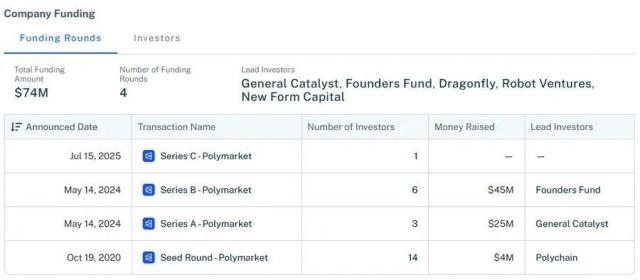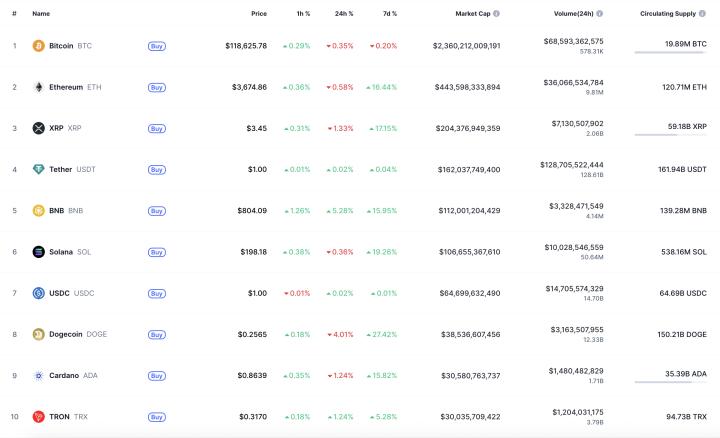Chainfeeds Briefing:
With the development of on-chain transactions, cross-chain arbitrage is becoming a new hotspot for MEV. This article reveals its execution methods, market landscape, and dominant forces through a profit-cost model and a year of data analysis.
Article Source:
https://x.com/boez95/status/1935707294680952987
Article Author:
Burak Öz
Perspective:
Burak Öz: In cross-chain arbitrage practices, there are two main strategic paths: one involves pre-deploying asset inventories across multiple chains, and the other involves transferring funds across chains through bridges. The former has the advantage of fast execution and immediate arbitrage opportunity capture, but requires bearing capital occupation pressure and price volatility risks; the latter is lower in cost and easier to operate, but faces the risk of bridge delay potentially causing transaction failure. The research constructed a comparative model of inventory costs and bridge delays, introducing key variables such as arbitrage opportunity frequency, bridge duration, and token value drift. The conclusion points out that if arbitrage opportunities are frequent enough, pre-deploying inventory is the better choice. To support this judgment, the research designed a methodology for detecting actual cross-chain arbitrage and marking bridge transactions between two arbitrage links. This method was applied to full-year data covering September 2023 to August 2024, encompassing 9 blockchain networks (including multiple L1 and L2), to observe the distribution and trends of arbitrage behavior in reality. Based on empirical data, the research team identified over 240,000 cross-chain arbitrage transactions, totaling $870 million, with transactions mainly concentrated on asset flows between L1 and L2, accounting for 58%. Among these, Ethereum alone contributed 36% of the transaction volume, showing significant dominance. Over the year, the average daily cross-chain arbitrage transaction volume grew 5.5 times. Key factors affecting arbitrage activity include: the fee reduction brought by the Dencun upgrade, the trading boom from certain popular tokens (such as OMNI and tBTC), and the linkage between macro market fluctuations (such as significant ETH/BTC price changes) and arbitrage behavior. In terms of execution, 67% of arbitrage transactions relied on on-chain inventory, while 33% completed cross-chain transfers through bridges, with third-party bridges (such as multi-chain bridges) being the main type, accounting for 72%, and the remaining 28% using native bridges (such as L1↔L2 official bridges). Additionally, bridge arbitrage transactions tend to bypass Ethereum's mempool, preferring private channels, reflecting more intense competition when capital requirements are lower and indicating greater dependence on high-frequency and search-type trading technologies. Among over 9,000 arbitrage addresses, arbitrage activities show an extremely centralized trend. Only 5 addresses completed more than half of all cross-chain arbitrage transactions, with one address (0xCA74) alone accounting for more than one-third of the volume. This address significantly benefited from the fee reduction after the Dencun upgrade, with its transaction count doubling and transaction amount growing fivefold, with 74% of its transactions involving Ethereum. Other addresses show fragmented and intermittently active characteristics, such as the second most active address (0x6226) completely avoiding Ethereum, resulting in its low proportion. Such a centralized landscape leads to several core participants having scheduling rights for on-chain liquidity and information monopoly, bringing three potential systemic risks: first, censorship risk, where key participants can intervene in transactions through sequencing control; second, liveness risk, where the entire arbitrage network may face shutdown when a sequencer goes down; third, finality risk, especially in cross-chain scenarios, where time delays can be manipulated to implement time theft attacks. To address this, the research proposes decentralized block construction mechanisms, instant fund transfer based on atomic bridging, and lowering entry barriers, attempting to build an anti-censorship and de-monopolized arbitrage ecosystem in a highly multi-chain future. [Original text was in English]








